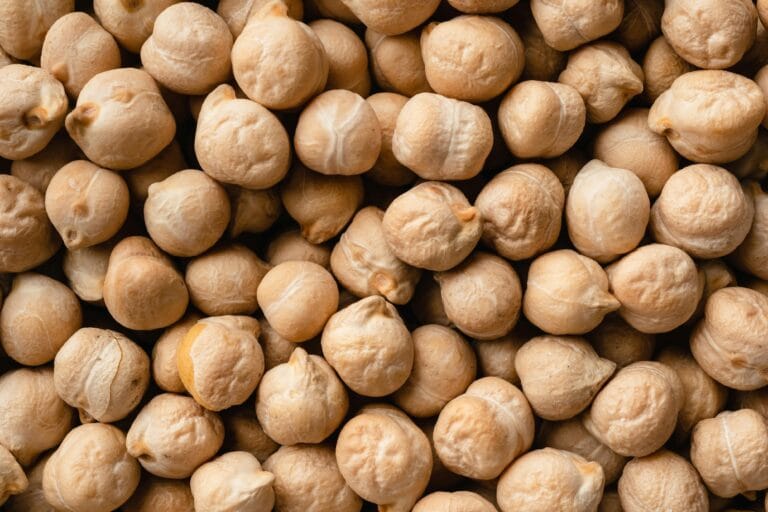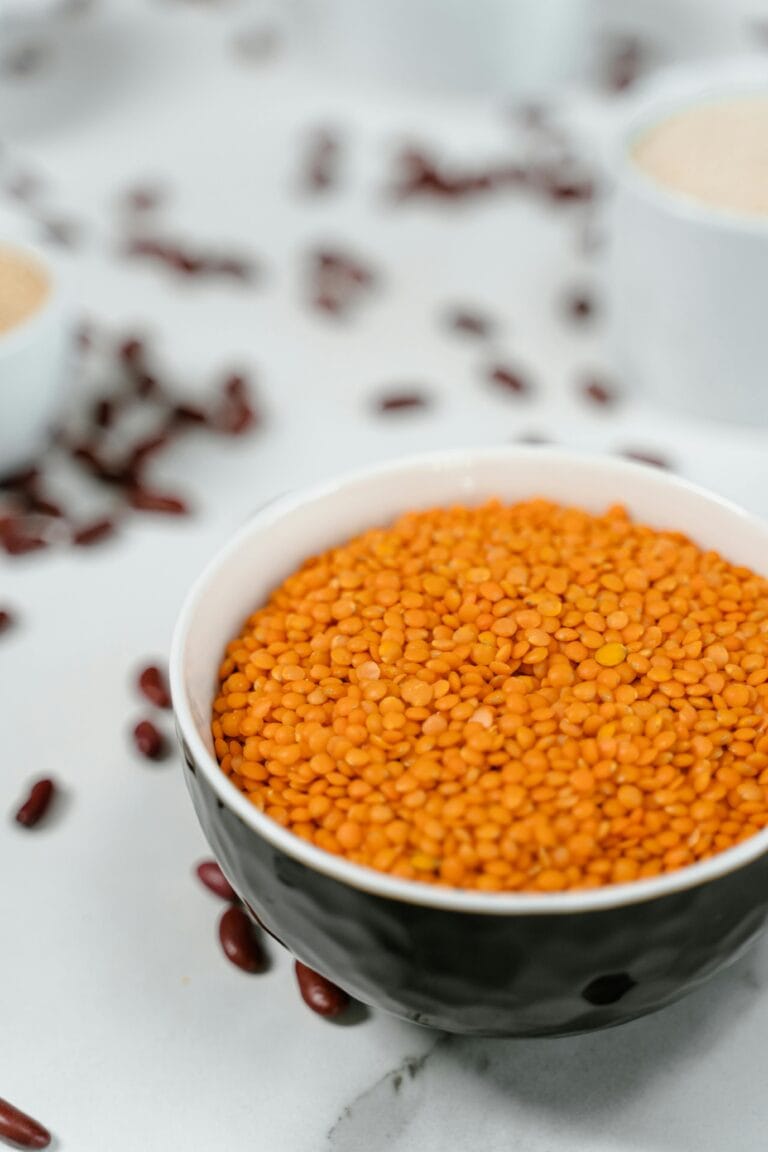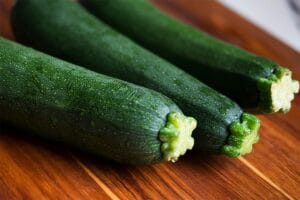What is Molokhia?
Molokhia, also known as jute leaf or Jewish mallow, is a leafy vegetable widely appreciated for its unique flavor and nutritional profile. Originating from the Middle East, its cultivation has spread to various regions, particularly North Africa and parts of Southeast Asia, making it an integral component of numerous culinary traditions. In Egypt, for instance, molokhia is deeply rooted in the culture and is often featured in traditional meals. The plant is recognized by its broad, green leaves and elongated stems, which can grow up to one meter tall.
In terms of culinary application, molokhia leaves are typically cooked down to a soft consistency, resulting in a slightly viscous texture reminiscent of okra. This characteristic viscosity makes molokhia a popular ingredient for soups and stews. Traditionally, molokhia is sautéed with garlic and coriander, then simmered in broth, often accompanied by chicken or rabbit. Its versatility allows it to be enjoyed in various forms, including as a side dish, in wrap-style preparations, or even in pasta dishes.
This leafy green is not just valued for its culinary versatility but also for its impressive nutritional benefits. Molokhia is rich in vitamins A, C, and K, along with essential minerals such as calcium and iron. These nutrients contribute to various health benefits, including supporting immune function and promoting digestive health. Additionally, molokhia is known for its potential role in alleviating knee roughness due to its anti-inflammatory properties. As more chefs and home cooks explore the joys of cooking with molokhia, this nutrient-dense vegetable continues to secure its place in modern diets, encouraging both traditional and innovative uses in the kitchen.
Nutritional Benefits of Molokhia
Molokhia, a leafy green vegetable, is recognized not only for its culinary versatility but also for its impressive nutritional profile. Rich in essential vitamins and minerals, it is particularly noted for its high content of vitamin A, vitamin C, iron, and calcium, which contribute significantly to overall health and wellness. Consuming molokhia regularly can provide a substantial boost to your daily vitamin intake and nutritional needs.
One of the key health benefits of molokhia is its potential to support immunity. The abundance of vitamin C acts as a potent antioxidant, helping to protect the body from harmful free radicals. This vitamin is crucial for the development and functioning of immune cells, thereby playing an integral role in the body’s defense mechanism. Furthermore, molokhia contains phytonutrients that can enhance immune response, helping to ward off infections and diseases.
In addition to immune support, molokhia is recognized for its digestive health benefits. The high fiber content aids in regular bowel movements and helps prevent constipation. By incorporating molokhia into your cooking, you can promote a healthy digestive system, which is essential for the absorption of nutrients. Moreover, the anti-inflammatory properties of molokhia may assist in alleviating symptoms associated with gastrointestinal disorders.
Promoting skin health is another remarkable benefit of molokhia. The combination of vitamins and antioxidants helps to combat skin aging by promoting collagen production and maintaining skin elasticity. The hydration properties of this green vegetable further contribute to a radiant complexion.
Lastly, emerging research suggests that molokhia may hold potential in managing chronic conditions such as diabetes and heart disease. The low glycemic index of this vegetable can be beneficial for blood sugar control, while its heart-healthy nutrients can contribute to improved cardiovascular health.
Daily Uses of Molokhia in Cooking
Molokhia, a leafy green vegetable widely enjoyed in various cultures, offers tremendous versatility in daily cooking. Its unique flavor and texture make it an excellent addition to a variety of dishes across different meals. One of the simplest methods of preparing molokhia is by sautéing it lightly with garlic and olive oil, which enhances its natural flavor while preserving essential vitamins and minerals. This quick cooking method preserves nutrients, making it an excellent side dish that pairs well with grilled or roasted meats.
Incorporating molokhia into stews and soups is another popular practice, particularly in Mediterranean and Middle Eastern cuisines. A classic recipe involves adding chopped molokhia to chicken or beef broth, allowing it to simmer until tender. This technique not only enriches the broth with robust flavors but also contributes valuable nutrients that can help improve overall health. With a high content of vitamins A, C, and K, molokhia supports immune function and skin health while potentially alleviating knee roughness linked to inflammation.
Additionally, molokhia can easily find a place in breakfast dishes. It can be blended into smoothies for an added nutrient boost or integrated into omelets, providing a delightful green touch to the first meal of the day. For lunch, it can be used as a fresh salad ingredient, finely chopped with tomatoes and cucumber, drizzled with a citrus vinaigrette for a refreshing option. Stir-fries featuring molokhia can also be a quick and nutritious choice for dinner, combined with proteins like shrimp or tofu and an array of colorful vegetables.
The adaptability of molokhia transcends cultural boundaries, with each tradition bringing its own flair to the preparation and presentation of this nutritious green. From Egyptian dishes served with rice to Lebanese versions tucked into savory pastries, molokhia showcases its capacity to complement main ingredients beautifully, elevating both nutritional value and flavor.
Tips for Buying and Storing Molokhia
When it comes to purchasing molokhia, selecting the freshest leaves is crucial for maximizing both flavor and nutritional benefits. Look for vibrant, dark green leaves that are tender and free of blemishes or yellowing. The leaves should feel crisp and have a fresh aroma, indicating their quality. Avoid any bunches that display signs of wilting or brown edges, as these may indicate deterioration.
Seasonality also plays an important role in the availability of molokhia. Typically, the leaves are at their peak from late spring to early fall, which is when they are most flavorful and nutrient-rich. During off-peak seasons, consider purchasing frozen molokhia, which is often harvested and frozen at its height of ripeness, retaining most of its vitamins and flavor. This option can be especially useful for those wishing to include molokhia in their cooking throughout the year.
Once you have selected your molokhia, proper storage is essential to maintain its quality. If you purchase fresh leaves, it is advisable to wash them gently under cold water to remove any dirt or impurities. After washing, pat the leaves dry with a paper towel and store them in a plastic bag or an airtight container in the refrigerator. This method can help prolong freshness for up to a week. If you decide to prepare molokhia ahead of time, consider cooking it and then freezing the dish, which will preserve its flavors and nutritional value while providing you with a convenient meal option.
Incorporating molokhia into your diet can be both enjoyable and beneficial, provided you know how to select and store it effectively. By following these tips, you will enhance your cooking experience and ensure that you fully enjoy the vitamins and minerals that molokhia has to offer.







